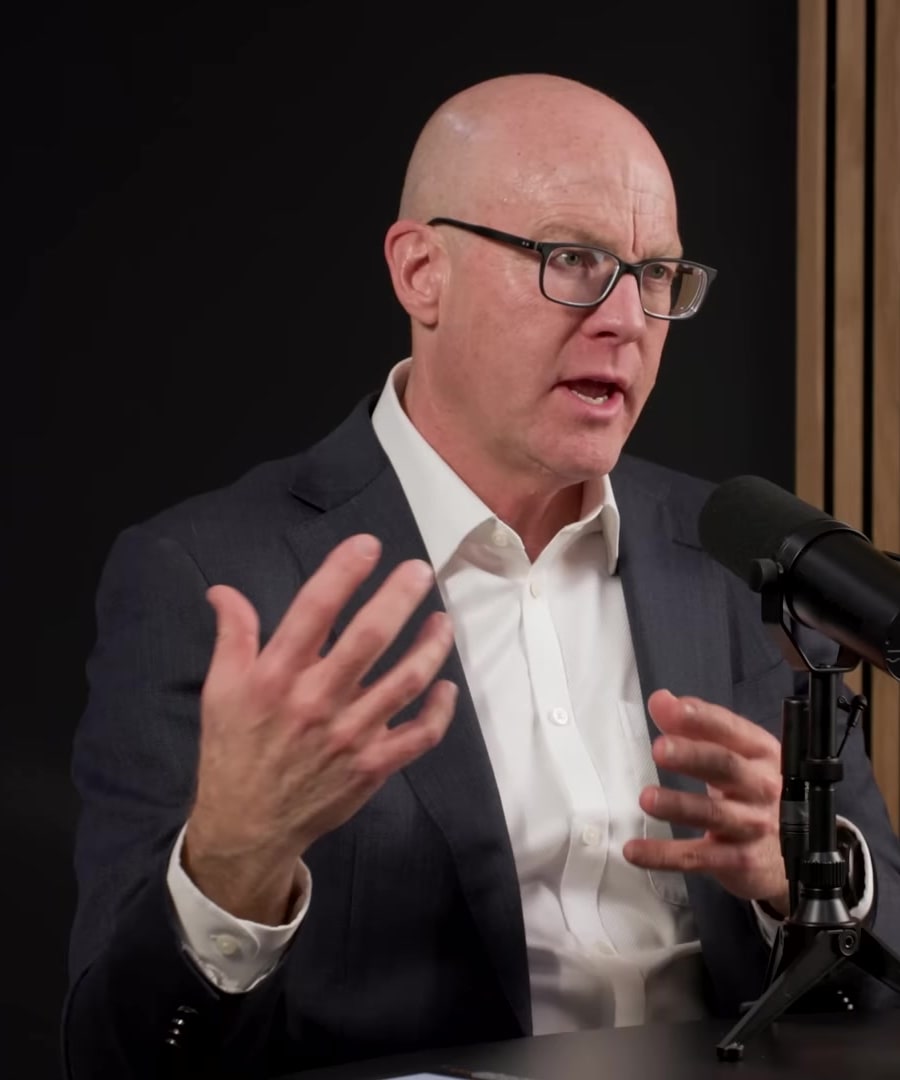Best way to deal with pain
Sources:
Managing pain effectively can vary depending on its nature and severity. Here are some recommended approaches based on insights from the Huberman Lab podcast:
-
Understanding Pain Signals: Recognize that pain starts from a physical stimulus but the actual experience of pain is generated in the brain. This recognition can help demystify some aspects of pain and guide more effective responses to it 1.
-
Cognitive and Psychological Approaches:
- Cognitive Behavioral Therapy (CBT) and mindfulness practices are beneficial in managing how one reacts to pain. CBT helps in altering negative pain-related thoughts, which can decrease the suffering associated with pain 2.
- Mindfulness and techniques like Mindfulness-Based Stress Reduction (MBSR) can aid in accepting and acknowledging pain without judgment, which can alter the perception of its intensity 3.
-
Physical Therapies:
- Acupuncture: This traditional technique can be effective for some individuals in managing pain, particularly if other methods are insufficient 4.
- Therapeutic Heat and Cold: Using hot or cold packs can help manage pain from injuries like sprains or bruises, although their effectiveness can vary based on the specific condition and individual response 5.
-
Engagement in Distracting Activities: Engaging in activities that distract from the pain, like reading or social interactions, can significantly reduce the perception of pain, especially during the day 6.
Each method might work differently for varying individuals and conditions, and sometimes a combined approach is necessary for effective pain management. Always consider professional medical advice before starting any new treatment for pain.
RELATED QUESTIONS-
Whats mbsr
Sources:
Mindfulness-based stress reduction (MBSR) is a structured program developed by Jon Kabat-Zinn to help people manage stress, anxiety, depression, and pain. It involves practices aimed at increasing mindfulness through various forms like meditation and yoga. MBSR advocates a non-judgmental acceptance of one's current state, which has proven effective in handling conditions like chronic pain 1.
It's used both in clinical settings and as a general practice aimed at improving mental and physical health without adverse side effects. The techniques taught in MBSR are designed to be incorporated into daily life, making them accessible and sustainable for long-term benefits 1.
RELATED QUESTIONSCan you provide scientific research related to pain management?
Sources:
Scientific research pertaining to pain management encompasses various strategies that target different mechanisms of pain. Some of the focal points include:
-
Pain Inhibits Pain Phenomenon: The concept here is that a painful stimulus introduced in a region distinct from the primary pain site can actually decrease pain through brain circuits. This phenomenon, known in neuroscience as "conditioned pain modulation," is particularly significant in conditions like fibromyalgia, where typical pain pathways don't function normally 1.
-
Early Life Events and Pain Processing: Studies have shown that adverse early life events impact the brain's processing of emotions and pain. Pain psychologists apply techniques such as cognitive behavioral therapy and mindfulness-based stress reduction to manage these effects, teaching individuals coping skills to manage pain more effectively 2.
-
Physical Approaches to Pain Management: Using heat instead of cold to manage pain has been supported by neuroscience insights. Heating injured areas might be more beneficial in the long run for reducing pain and assisting with wound healing as opposed to cooling, which can potentially worsen pain after an initial decrease 3.
-
Gate Theory of Pain: This principle indicates that activating certain types of nerve pathways (like those from providing pressure or rubbing an injured area) can inhibit the pathways that transmit pain signals. This interaction potentially helps in reducing pain perception, relying on the body's own mechanisms to modulate pain without external medication 4.
These insights collectively illustrate how understanding the neuroscience of pain can aid in developing more effective pain management strategies.
RELATED QUESTIONS-
Best way to deal with pain
- RELATED QUESTIONS
Whats mbsr
- RELATED QUESTIONS
Can you provide scientific research related to pain management?
- RELATED QUESTIONS







